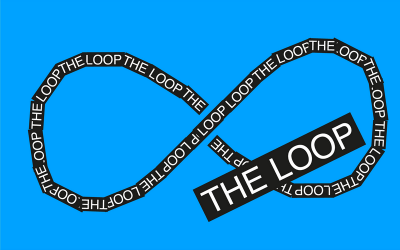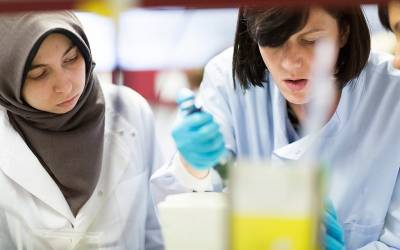Laboratory reuse in India; Lessons for the West
A case study on sustainable labs by Dr. Preethi Sheshadri, Postdoctoral Research Associate, Duchen Lab, UCL Division of Biosciences.

12 March 2020
I’m from India and I did my PhD back there as well. Reusing materials and trying to minimise the cost and wastage of materials is something that is ingrained in any person who has had their education from India I would say! Even in school, we have classes called the SUPW (Socially Useful Productive Work) which essentially revolves around teaching children life skills, community service, making the best out of waste, and so on and so forth.
Though I dreamt of being a researcher for a very long time, it wasn’t until I got into IISC (Indian Institute of Science) for my Master’s dissertation, that I realised what goes into it and how much money needs to be put into research projects. We were always made aware of the cost of each product and made to realise that we were, at the end of the day, using tax payer’s money to do our research! This consciously drove us to try and save on various resources. Although we did have money inflow, we chose to prioritise chemicals and reagents that are more expensive over buying excess tips and pipettes or even readymade media for that matter!
For a very long time, both during my Master’s and PhD, I have used recycled tips and glass pipettes for my research. The washed tips were used for experiments like a real-time PCR or ELISA and even with the washed tips we would get as consistent results as the new ones (yes we tested it!!). This was also a way of confirming that our washings were good enough for sensitive experiments! However, we never dared to use the tips for cell culture purposes for fear of contamination or death of cells! All we needed was saponin or any other mild detergent, bleach, water, DEPC (Diethyl Pyrocarbonate), a few trays, beakers, pipette holders, a good autoclave and a hot air oven.
The used tips from cell culture would always go into a beaker filled with 70% ethanol. Once the beaker is full with used pipette tips, we would transfer them to a tray, they would be rinsed with water for 30 mins on a rocker and then the diluted detergent would be added to the tray leaving the tips to get washed overnight. The next day, the tips would be rinsed with water again for 30 mins and left overnight in fresh water. On day 3, the tips would be transferred to a beaker containing 0.1% DEPC water and soaked overnight. The DEPC-soaked tips would then be double autoclaved to ensure DEPC is completely removed from the tips, dried in a hot air oven and they were ready to be used the next day.
With glass pipettes, it was a little simpler! The used pipettes would be quenched into a 20% bleach solution. Once the container is full of the glass pipettes, they will be washed thoroughly and dried. Post drying, we would plug in cotton into the neck of the pipette using forceps and they would each go into the pipette holder for autoclaving and drying. The dried pipettes would then be used for cell culture purposes.
Please contact UCL's Sustainability Labs Advisor Martin Farley at m.farley@ucl.ac.uk to make sustainability improvements to your lab.
 Close
Close



